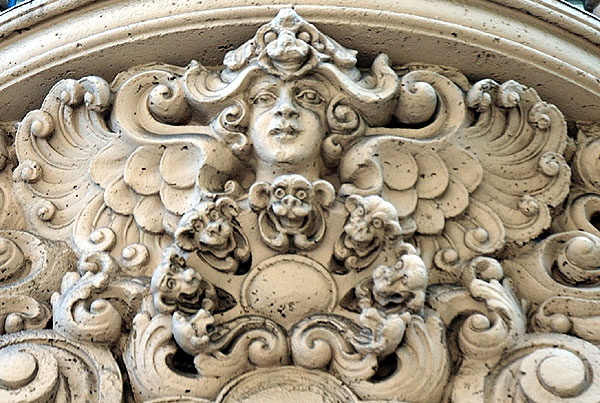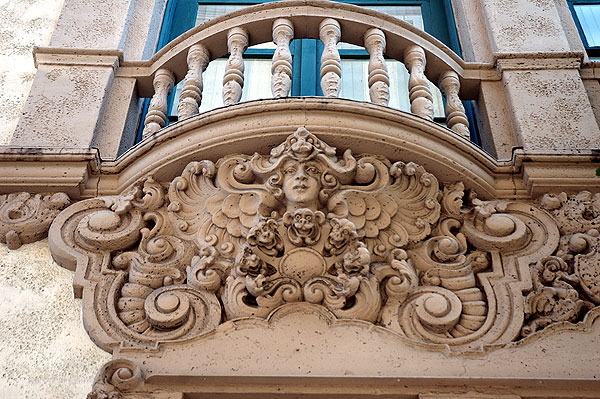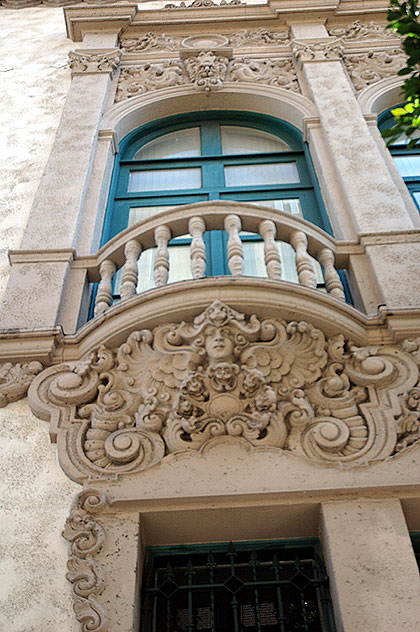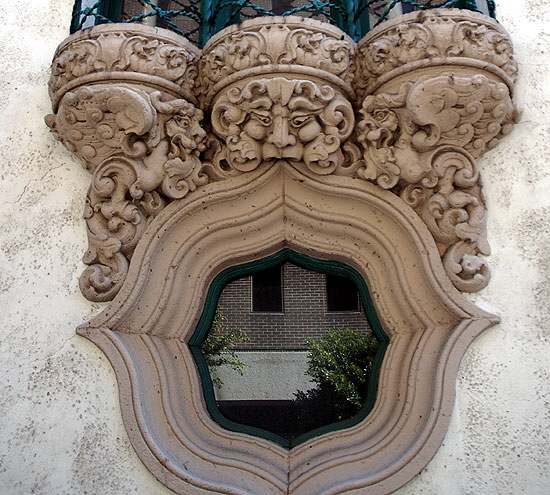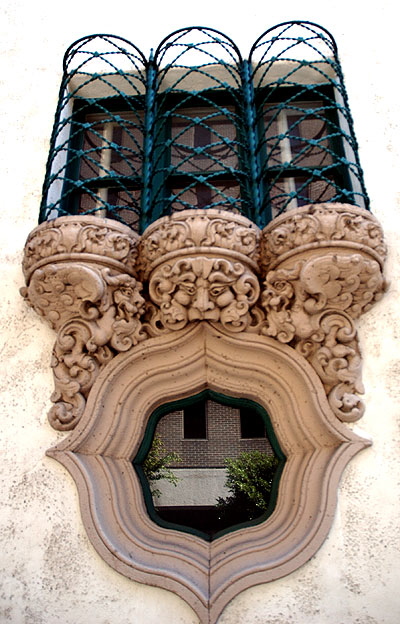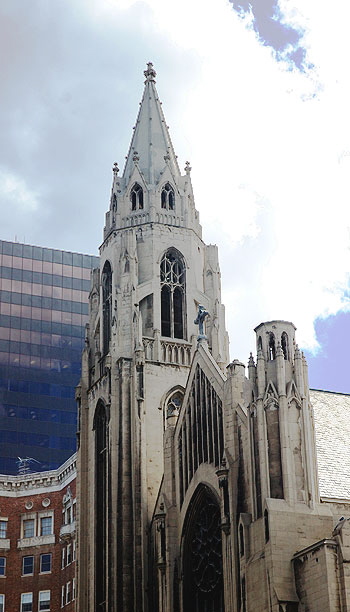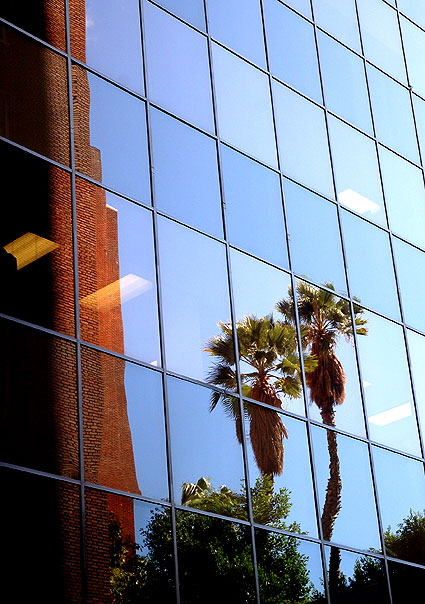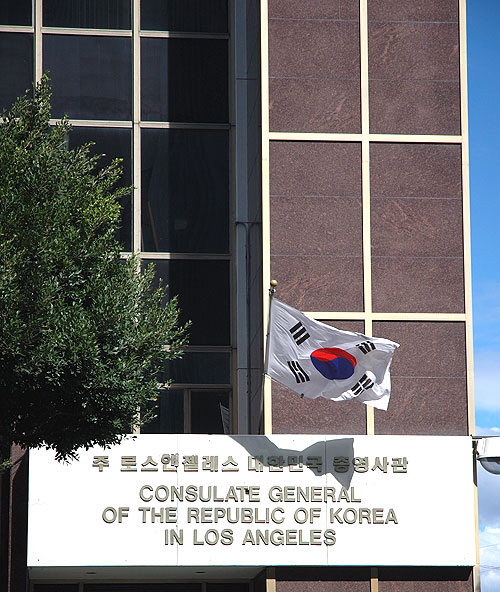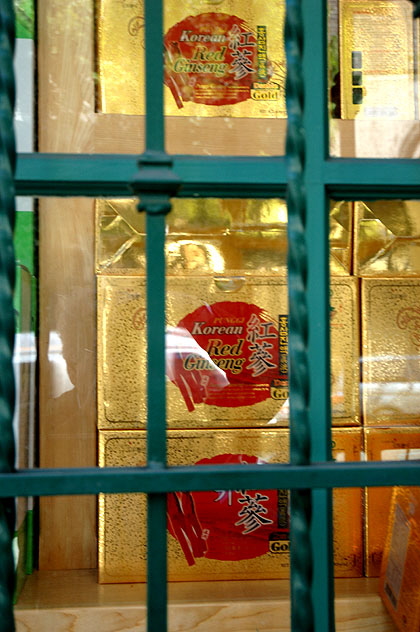|
Just Above Sunset |
|||
|
|
|||
|
|
|
|
Mid-Wilshire is an architectural giggle. Halfway between downtown Los Angeles and Beverly Hills to the west, the blocks around Vermont have a little bit of everything. The area is heavily Korean now, but full of surprises. The landmarks in these few blocks - The Bullocks Wilshire Building - Designed by renowned Los Angeles architects John and Donald Parkinson, the Bullocks Wilshire building operated as a luxury department store for more than 60 years. In 1994, Southwestern purchased the aging Art Deco structure, and set out to convert it into a dynamic academic venue, while retaining its historic character. Bullocks Wilshire was built for John J. Bullock - founder of the exclusive Bullocks Wilshire Department stores. Clients at this store included Mae West, Alfred Hitchcock, John Wayne, Greta Garbo and Clark Gable. |
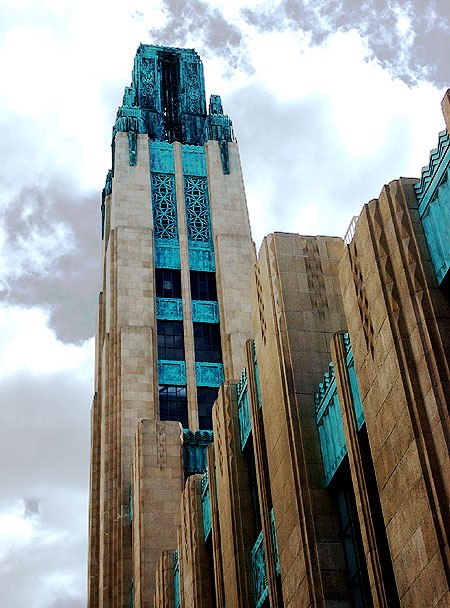 |
||||||||
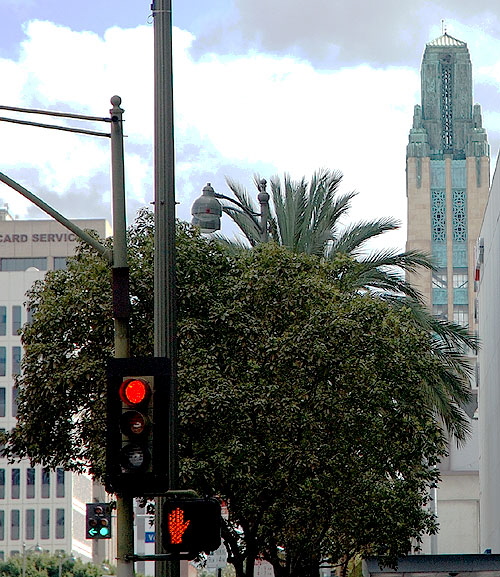 |
||||||||
|
See Hollywood Lived Here regarding The Talmadge - When Joseph Schenck, then the president of United Artists and later the co-founder of 20th Century Fox, presented the 10-story, 48-unit residential palace as a gift for his wife, silent-film actress Norma Talmadge, it was praised as the finest apartment building west of New York. He not only named the building after her but moved them both to a top-floor pied-á-terre. The Talmadge was, and still is, one of the grandest of the Art Deco and Art Nouveau buildings erected during a construction boom between 1923 and 1929. 3278 Wilshire Boulevard |
||||||||
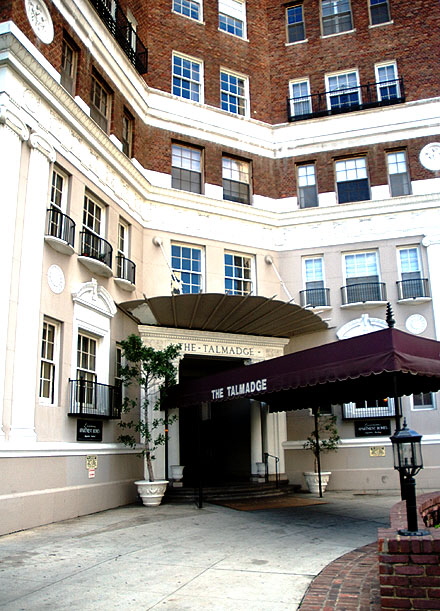 |
||||||||
|
Just across the boulevard - something fancy. Rococo emerged in France in the early eighteenth century as a continuation of the Baroque business - but not as heavy and dark. The usual words used to describe it are opulence, grace, playfulness, and lightness - carefree stuff, not heroic battles or religious figures. The word Rococo is apparently a combination of the French rocaille, or shell, and the Italian barocco, or Baroque style. You do get a lot of shell-like curves and odd flowers and figures. Anyway, when the term was first used in English, sometime around 1836, it was a colloquialism meaning "old-fashioned" - and by the mid-nineteenth century it was, as everything had turned all neoclassical. Rococo hit Hollywood big-time in the late twenties, when the film industry really took off, at the tail end of the silent film era. Actually, this is a subset of Rococo - Churrigeresque detail - floral and scrollwork cast and attached to the building - in the manner of the Spanish architect Churriguera. |
||||||||
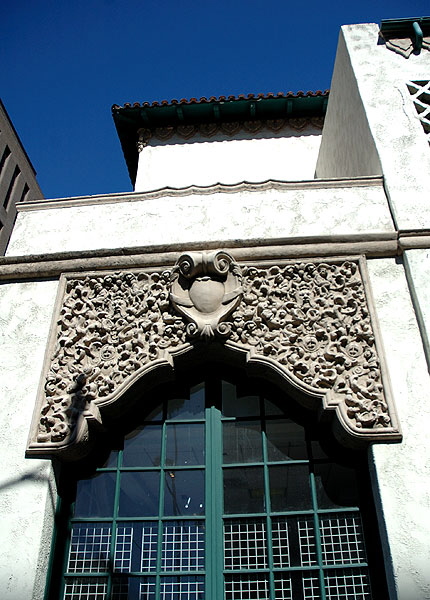 |
||||||||
